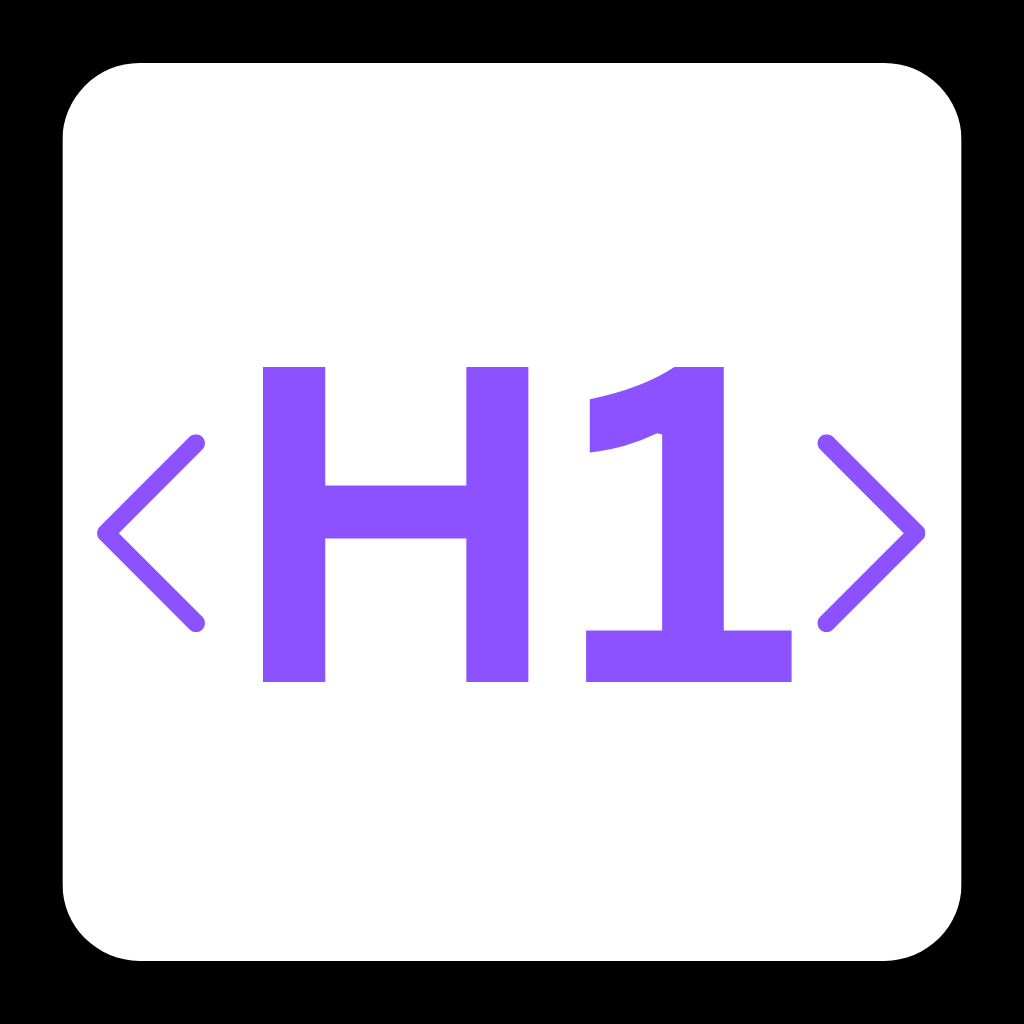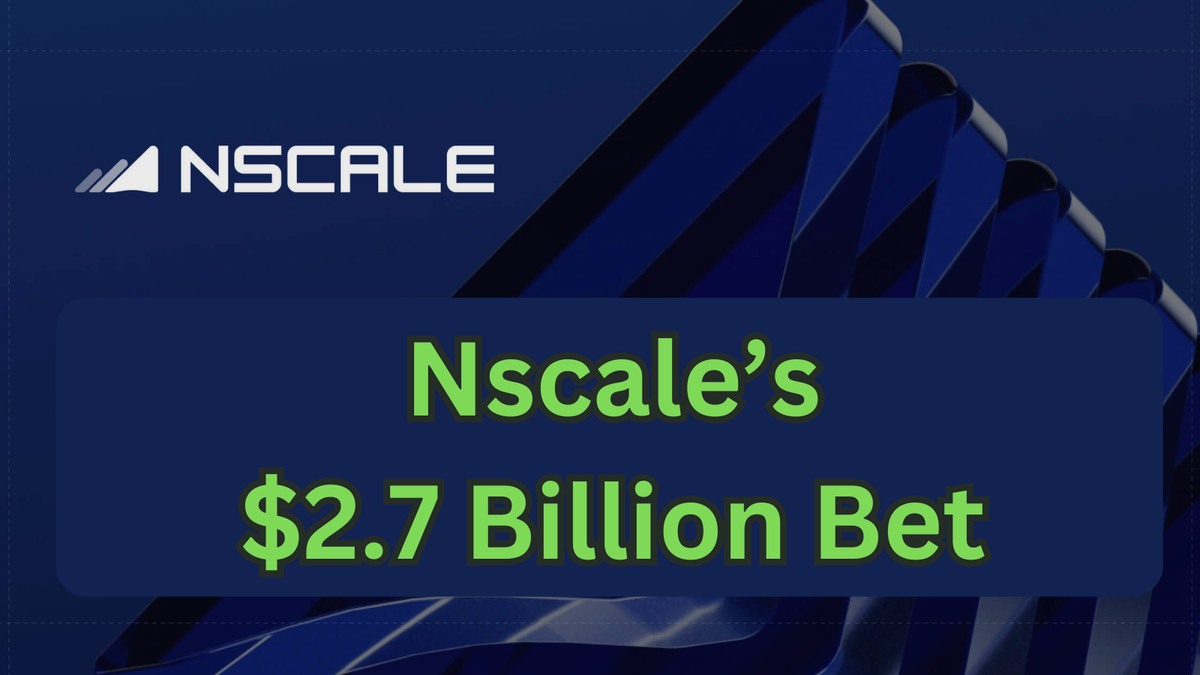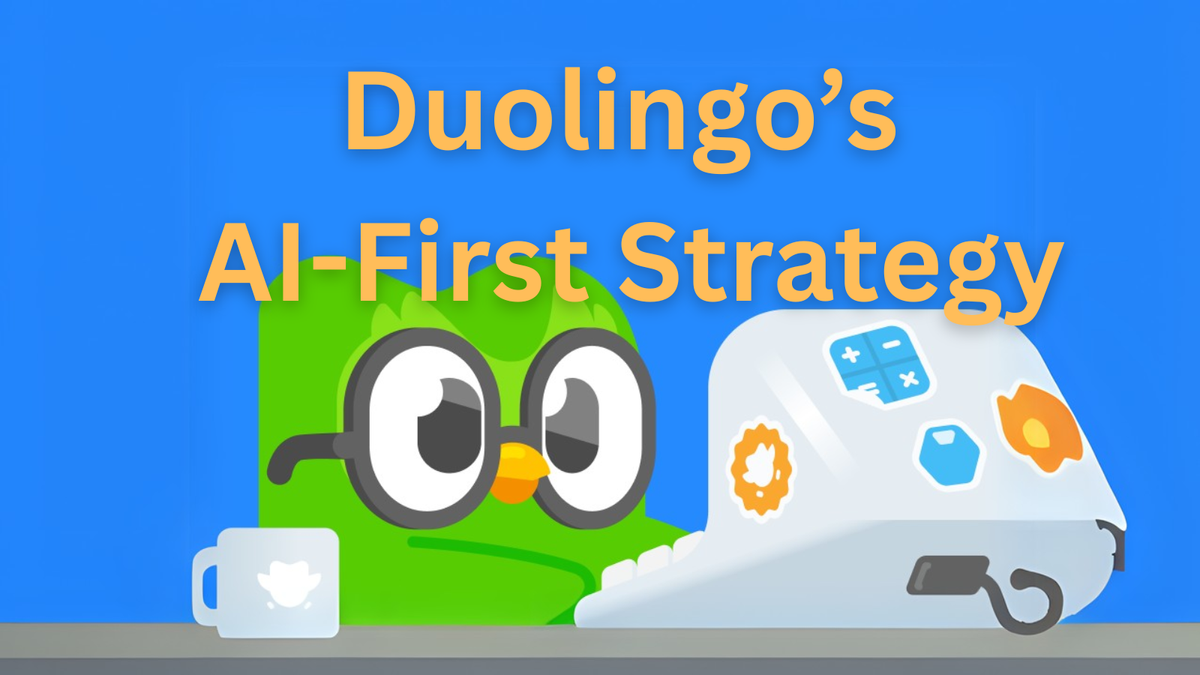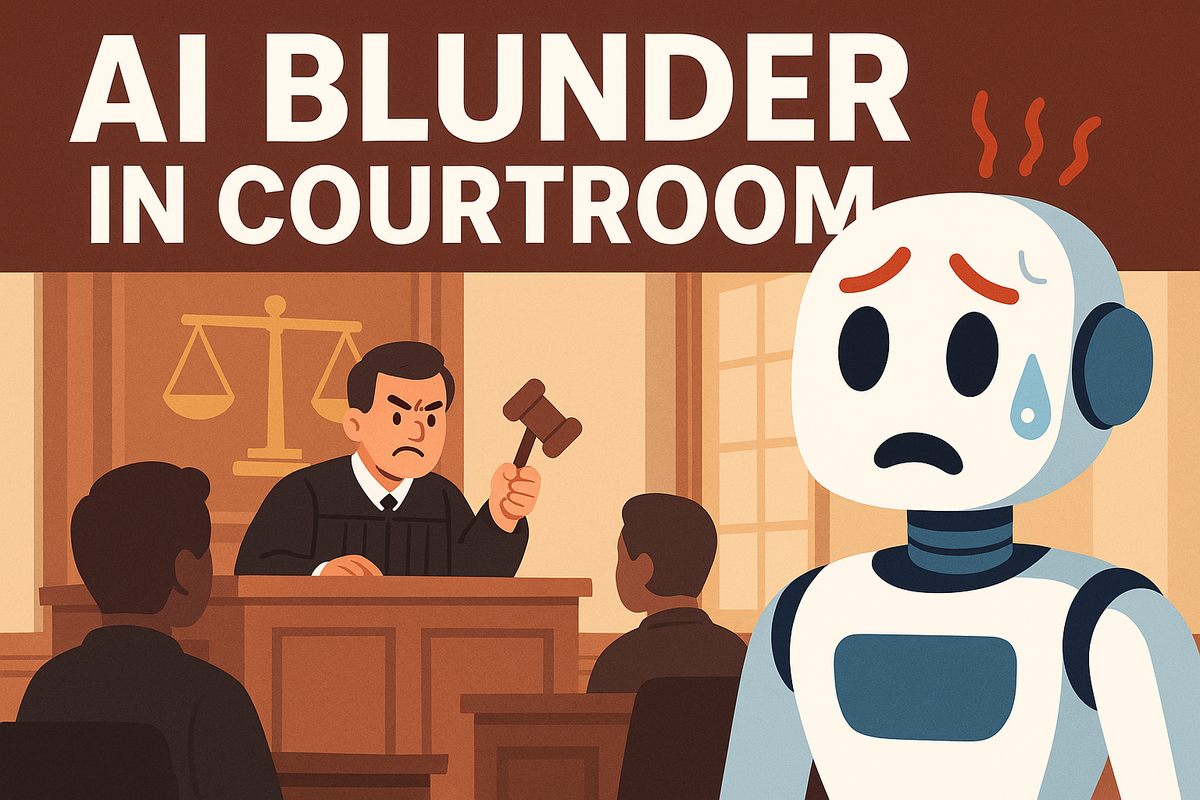Can Small Language Models Outsmart Giants with MIT’s New Code-Guiding Tech?

AI-generated code is fast—but what if it’s riddled with errors? MIT researchers just cracked a way to make AI code more accurate, efficient, and accessible—even for non-coders. Let’s dive in.
🤖 The Code Conundrum: Speed vs. Accuracy in AI Programming
- 50% Efficiency Drop: Existing methods to validate AI code either check entire outputs (slow) or risk “meaning drift” with incremental fixes.
- Structure ≠ Meaning: Ensuring code follows syntax rules (e.g., Python indentation) is easier than verifying its logic works as intended.
- Small Models, Big Wins: MIT’s method lets compact LLMs outperform models 2x their size in Python and SQL tasks.
- Beyond Code: The framework also improves AI-generated molecular structures and robot action plans.

✅ MIT’s Breakthrough: Smarter Sampling, Fewer Errors
Researchers combined sequential Monte Carlo with expert-guided LLM outputs:
- ✅ Resource Allocation: AI dynamically prioritizes the most promising code snippets, discarding dead ends early.
- ✅ Expert-in-the-Loop: Weights assigned to outputs ensure structural validity and semantic accuracy.
- ✅ Real-World Impact: Enables business users to generate SQL queries via natural language—no coding expertise needed.
🚧 Challenges: Scaling Beyond Snippets
- ⚠️ Larger Text Blocks: Current method works best for code fragments—expanding to full programs remains untested.
- ⚠️ Learning Integration: Future versions need to let models adapt from feedback during guided generation.
- ⚠️ Grounding Meaning: As co-author O’Donnell notes, bridging AI tokens to real-world context is a “fundamental question” in linguistics and AI.

🚀 Final Thoughts: A New Era for AI Assistants?
MIT’s approach could democratize coding and data analysis—if:
- 📈 Non-Experts Embrace It: Tools must balance flexibility with guardrails to prevent misuse.
- 🤖 Hardware Keeps Up: Probabilistic methods demand parallel processing power for real-time efficiency.
- 🔬 Cross-Disciplinary Wins: Success in biology/robotics suggests broader scientific applications.
Would you trust an AI coding assistant powered by this tech? Share your thoughts!
Let us know on X (Former Twitter)
Sources: Adam Zewe. Making AI-generated code more accurate in any language, 2025-04-18. https://news.mit.edu/2025/making-ai-generated-code-more-accurate-0418










